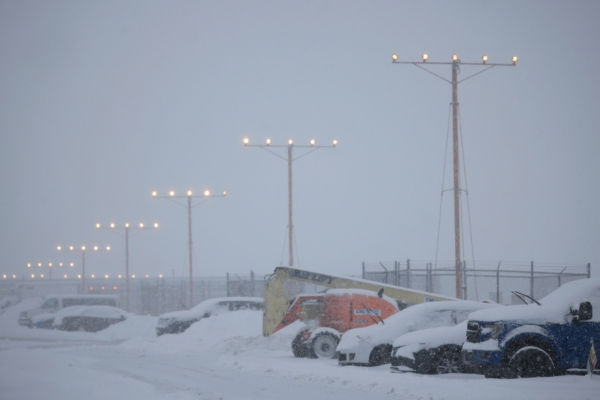Last Sunday, a winter storm swept through a large swath of the central United States, affecting approximately thirty states within a 2,100-mile area stretching from Kansas to the East Coast. As the powerful storm system moved eastward, adverse weather warnings were issued, impacting both road and air travel.
The National Weather Service in the United States announced winter storm warnings on Sunday afternoon for over a dozen states from Kansas to New Jersey. The southern regions of the country faced threats of possible tornadoes and cold weather, with more than 60 million people nationwide being affected. Authorities warned that some areas could experience the largest snowfall in over a decade, reaching 4 to 10 inches.
Prior to the storm’s arrival, several states including Kentucky, Virginia, West Virginia, Arkansas, and Missouri declared states of emergency. Seven counties in New Jersey were placed under a state of emergency, while the Governor of Kansas declared a “disaster mode” and Maryland’s Governor declared a “state of preparedness.”
Currently, major roads in parts of Kansas, western Nebraska, and Indiana are covered with ice and snow, leading to significantly reduced visibility and worsening travel conditions.
According to data from the flight tracking website FlightAware, as of Sunday night, over 1,700 flights nationwide have been cancelled, with more than seven thousand flights experiencing delays.
AccuWeather issued a warning predicting that temperatures in most parts of the central and eastern United States over the next week will be 12 to 25 degrees Fahrenheit lower than the normal temperatures for early January.

